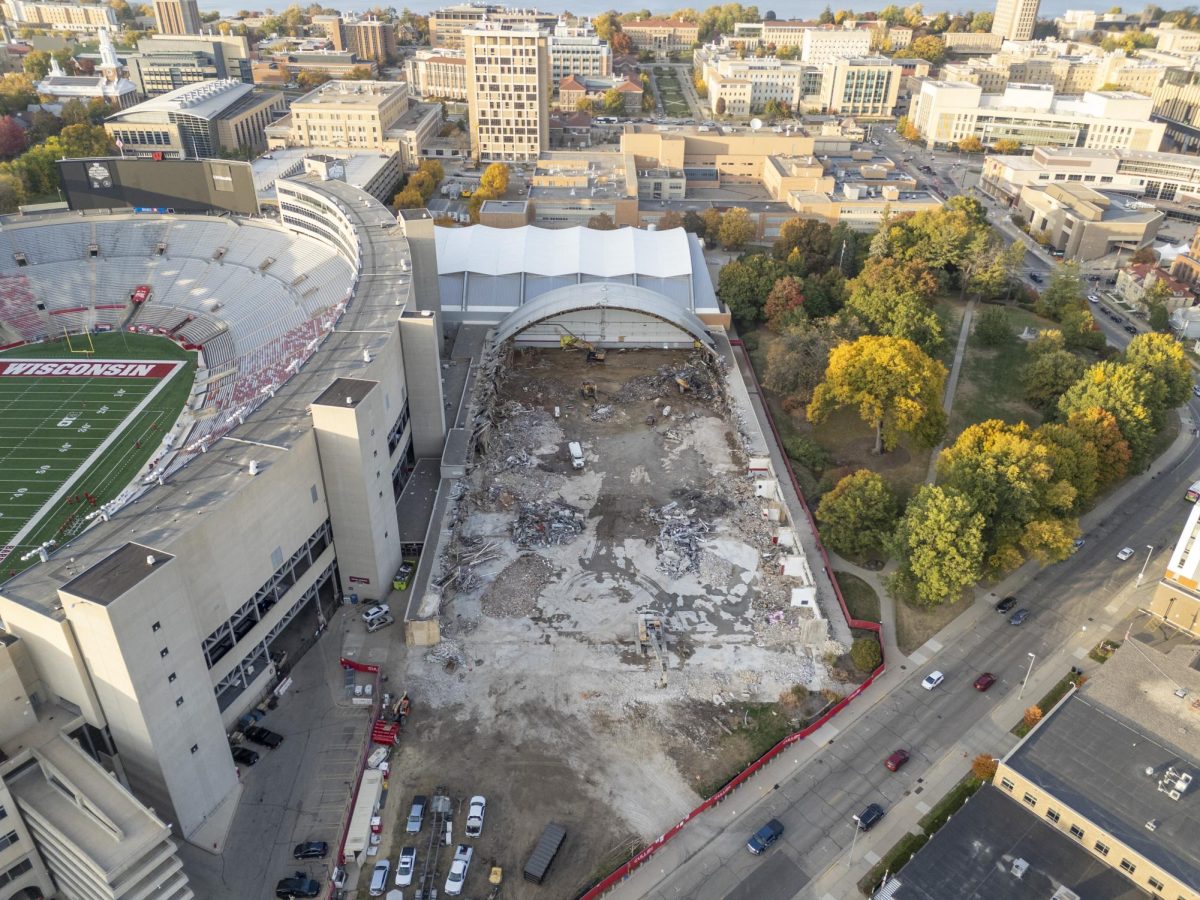A report released Wednesday by the state’s Department of Workforce Development suggested economic recovery throughout Wisconsin as the unemployment rate in many cities, including Madison, has decreased.
The city is leading the way for Wisconsin as one of the three metropolitan areas adding the most jobs in March, DWD spokesperson John Dipko said.
Madison continues to have a lower unemployment rate than the state or national average due to less cyclical government and university employment patterns, the report said. Along with Madison, Green Bay and the Milwaukee area have added the most jobs.
Overall, the state has added 4,900 jobs this past month.
“The fact that there have been so many jobs added is an encouraging sign that shows the economy is continuing to show improvement,” Dipko said.
Dipko said Madison has traditionally fared better unemployment-wise than other parts of the state. While the state has an unemployment rate of 9.8 percent, Madison has one of the lowest rates in the state, at 6 percent. Madison’s low rate is second only to Caledonia, located in southeastern Wisconsin.
Adjusting to seasonal factors of the economy, Madison has added 200 jobs from February to March, the report said. Without the adjustment, the city has added 1,000 jobs.
Susan Schmitz, president of Downtown Madison Inc., said business owners are experiencing the effects of lower unemployment rates. She said members of the organization seem more positive as the economy is starting to move forward.
Schmitz said money from banks is starting to become more available, increasing development projects for architects, planners or engineers. She added retail businesses along State Street and Capitol Square are experiencing an increase in customers and restaurants continue to perform well.
“Restaurants are packed,” Schmitz said. “They have tried a lot of interesting things and have done very well this past year.”
One strategy taken by these businesses is to host a “restaurant week,” where customers can pay a baseline price for a fixed four-course menu.
Before the recent improvements, Schmitz said in 2008 many businesses were not growing and had to let people go.
“Following the worst economic downturn since the Great Depression, we’re seeing signs of economic recovery,” Dipko said. “Governor Doyle and his administration are working very hard to help workers and families. Creating more jobs is his number one priority.”
According to the report, 11 of the 12 metropolitan areas in Wisconsin are posting employment gains.
“We’re hearing a number of Wisconsin companies are hiring again; they’re slowly and cautiously adding new jobs,” Dipko said.
While the state as a whole created more jobs, unemployment rates in various cities range anywhere from 4.5 percent to about 18 percent, the report said. Beloit has the highest unemployment rate, while Caledonia holds the lowest.
Dipko said unemployment rate patterns vary across the state due to seasonality and industry factors. He said northern Wisconsin has higher unemployment rates during the winter months as tourism and construction industries cut back.













